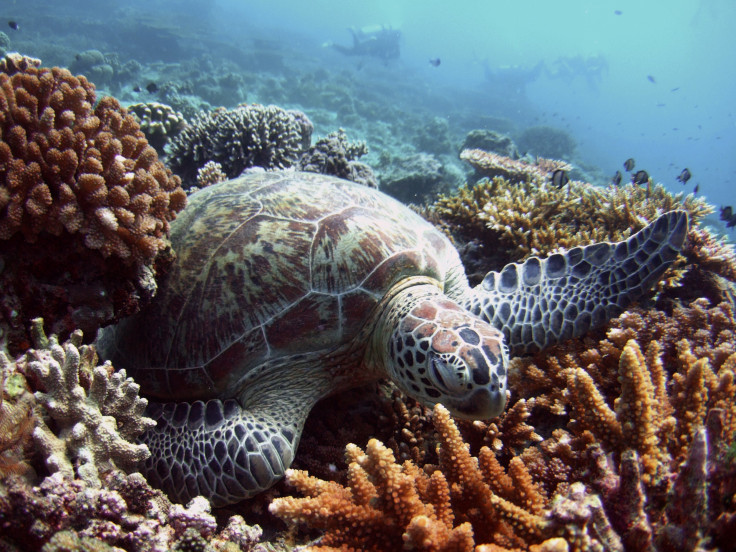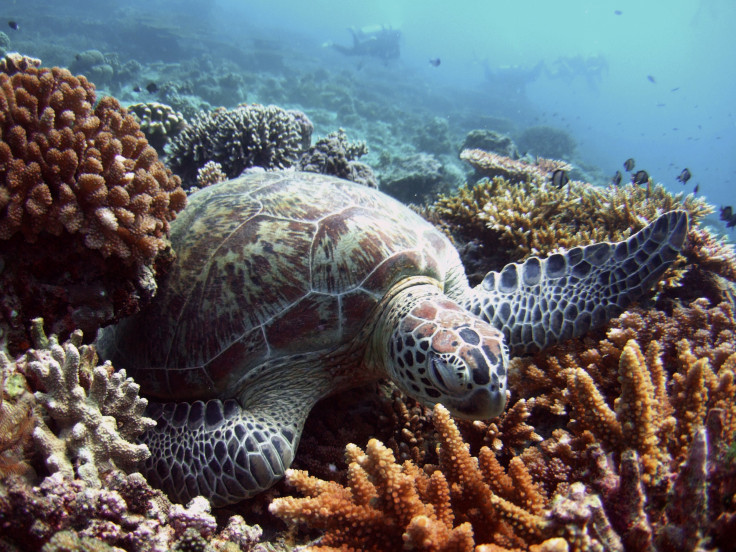Earth Day Facts About Environment, Planet, Pollution, Plants And Animals

This year's official Earth Day campaign is environmental and climate literacy, aiming to focus on green initiatives, technologies and jobs as well as the advancement of environmental and climate laws. The U.S. has been celebrating Earth Day officially for 47 years, but each year environmental issues become more urgent and apparent.
The facts below celebrate the diversity and beauty of the planet on Earth Day.
Earth Day
- Earth Day was founded Apr. 22, 1970 by Wisconsin Sen. Gaylord Nelson.
- The day was officially renamed by the United Nations in 2009, when it dubbed the holiday International Mother Earth Day.
- An estimated 20 million people celebrated the very first Earth Day.
- On Earth Day 2011, the Earth Day network planted 28 million trees in Afghanistan.
- On Earth Day 2012, more than 100,000 people opted to ride bikes in China in an effort to save fuel and reduce carbon emissions.
Pollution
- Forty percent of the lakes in the United States are too polluted for swimming, fishing and marine life.
- Air pollution causes more than two million people to die prematurely each year.
- More than one trillion gallons of untreated sewage, stormwater and industrial waste are dumped into natural bodies of water in the U.S. each year.
- One and a half million tons of nitrogen pollution is dumped into the Gulf of Mexico by way of the Mississippi River each year, which has created an uninhabitable "dead zone" in the Gulf the size of New Jersey.
Resources
- Every single day, 27,000 trees are cut down to make toilet paper.
- Recycling saves up to five times the energy used by waste incinerator plants.
- Paper can only be recycled up to six times before the fibers begin to fall apart.
- Half of all synthetic drugs produced have natural origins, including 10 of the 25 best-selling drugs in the U.S.
Plants and Animals
- The world's 100,000 trillion ants weigh the same as all the humans on Earth.
- Dolphins shed the top layer of their skin every two hours.
- A grasshopper can leap 20 times the length of its own body.
- Ostriches can run faster than horses.
- A tarantula spider can survive for more than two years without food.

A green turtle lies on a bed of corals in the Celebes Sea, Dec. 7, 2008. Reuters
© Copyright IBTimes 2024. All rights reserved.
Join the Discussion
Editor's pick












